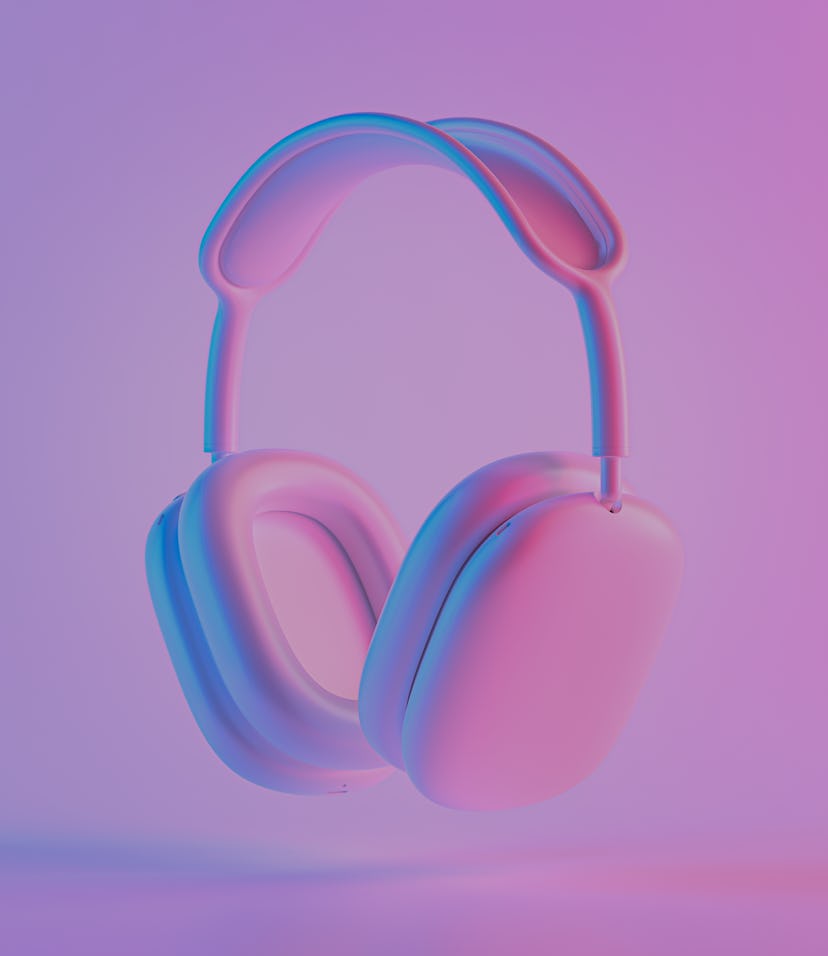Guides
How to listen to Lossless Audio in Apple Music
Now almost anyone can listen to studio-quality music, but like anything with Apple, there are caveats.

Apple’s hi-res, Lossless Audio has arrived, and Apple Music subscribers are reaping the benefits for free starting this month with about 20 million tracks. By the end of 2021, Apple Music’s entire catalog — more than 75 million tracks in its arsenal — will be available in lossless format.
But what is Lossless Audio?
People who aren’t audiophiles may not be familiar with all this lingo, so let me break it down. Most audio files we encounter today are compressed in MP3 or AAC format. These compression algorithms try to throw out as much “imperceptible” sound as possible. The more you compress, the more sound is lost, and at a certain point that imperceptible loss becomes quite perceptible. To some, any loss in sound quality detracts from their music listening experience.
This particular music niche has been using lossless audio formats like FLAC for a while now, but it used to be difficult to get FLACs from music studios. The now-defunct music piracy community What.cd used to offer bounties for properly ripped CDs in FLAC format because there just wasn’t any other way to get lossless files digitally. But now, with Apple Music’s Lossless Audio feature, this kind of music listening experience is about to become a lot more mainstream.
Apple’s Lossless Audio starts at CD quality.
Okay, but exactly how “lossless” are we talking here? Without going too far into the weeds, Apple’s Lossless Audio starts at CD quality, or 16-bit, 44.1 kHz audio. But critically, some portion of Apple’s music catalog will also be available in Hi-Res Lossless, or up to 24-bit at 192 kHz, which is more or less as good as you can possibly get at the consumer level.
It’s also important not to confuse Lossless Audio with Apple Music’s other new-ish feature, Spatial Audio, which is more about placing you in a 3D sound environment to varying effect. We’re just focusing on Lossless Audio here.
How to get Lossless Audio on iPhone and iPad
You can listen to Lossless Audio on a variety of Apple devices. Naturally, you can listen on your iPhone and iPad, but you can also listen from a Mac or even an Apple TV.
For iOS devices, including the Apple TV, the trick to getting access to Lossless Audio is to update to iOS 14.6 (or iOS 15 when it’s available). This will also update Apple Music, enabling you to select the new audio resolutions under Settings > Music > Audio Quality.
How to get Lossless Audio on the Mac
The procedure for listening to Lossless Audio on the Mac is a bit different. First, you’ll have to update to macOS 11.4. Then you’ll need to open the Apple Music app, click Music in the menu bar, then open Preferences. Navigate to the Playback tab, and choose your new resolution under Audio Quality.
Note: Per Apple, you also will need a pair of wired headphones or speakers (if your Mac doesn’t come with any built-in) and a digital-to-analog-converter (DAC) to listen to Lossless Audio at higher than 48 kHz.
Lossless Audio on AirPods
Unfortunately, you won’t be able to listen to Lossless Audio on AirPods, AirPods Pro, or AirPods Max as they all use Apple’s AAC codec over Bluetooth. You can use the Lightning to 3.5mm Audio Cable with the AirPods Max, but there’s still a digital-to-analog converter in the chain, so it doesn’t quite count.
All that being said, listening to music over Bluetooth from a lossless source is still better than listening to Bluetooth with a lossy one, so it’s not all bad.
Lossless Audio on the HomePod and HomePod mini
According to Apple’s support site, both the HomePod and the HomePod mini need a firmware update to play Lossless Audio.
Lossless Audio on your home stereo
To close out, let’s get to what the real audio heads want to know: How to play Lossless Audio on their super-deluxe Hi-Fi systems that cost more than my student loans.
These folks have a couple of options. People that listen to music on the couch will likely want to use an Apple TV because of its lean-back interface. Sadly, Apple says that the Apple TV 4K doesn’t currently support Hi-Res Lossless at all, which is a shame considering the form factor is perfect for listening in the living room. To make matters worse, Apple’s distaste for ports means that you’ll have to connect your Apple TV’s HDMI port to a receiver to get the maximum audio quality. People with old-school, HDMI-less receivers will have to find another way.
The Apple TV 4K doesn’t currently support Hi-Res Lossless at all.
Because of the lack of Hi-Res Lossless audio, more serious sound quality aficionados may opt to use an old Mac as their lossless audio hub. You can use whatever ports your Mac has available, like the 3.5mm jack, the optical port on older Macs, or the HDMI port. However, if you want to listen to Lossless Audio at rates higher than 48 kHz, you’ll need a separate digital-to-analog converter.
Lossless Audio alternatives
While it’s great that Apple is offering Lossless Audio to way more people through Apple Music, there are streaming services that do the same thing, albeit at different prices and with different (likely smaller) music libraries. Most people are familiar with Tidal because of its connection with Jay-Z, but may not know about Tidal Hi-Fi, which offers 24-bit, 96 kHz audio, and costs $20 a month.
There’s also Quobuz, Deezer Hi-Fi, and Amazon Music HD.